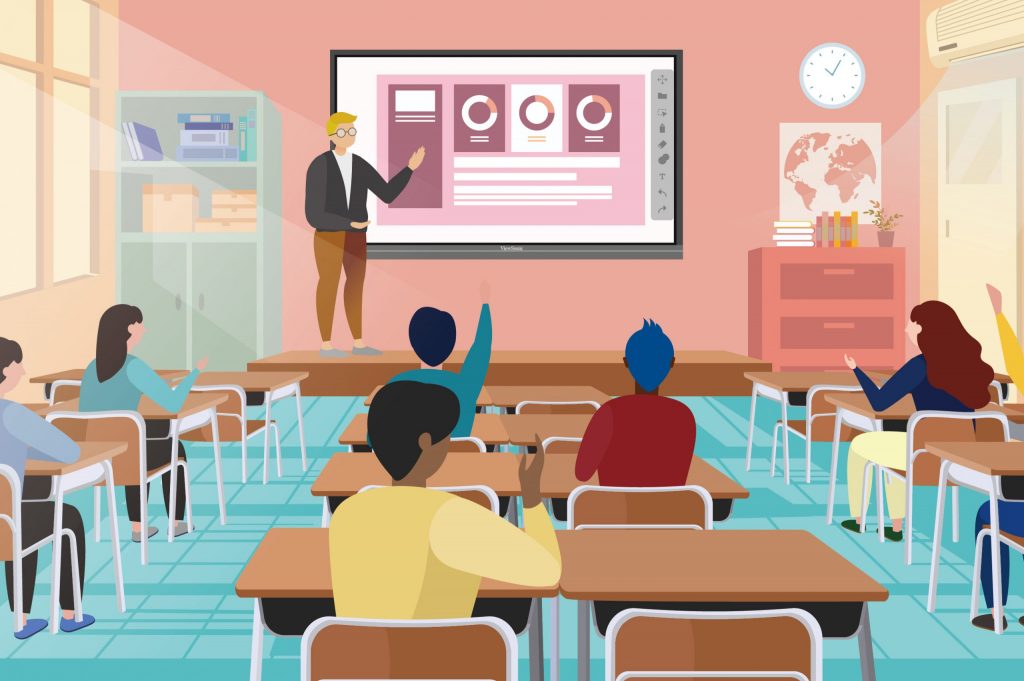
Learning in a Classroom
As data-driven decision-making becomes increasingly important across various fields, educational institutions must equip students with practical survey and user study analytics skills. Survey2Persona, a versatile tool designed to transform survey data into actionable personas, offers a unique opportunity for educators to bridge the gap between theoretical knowledge and practical application. It offers valuable insights into survey analytics and user study analytics. By integrating Survey2Persona into classroom activities, educators can provide hands-on experience with modern data analysis techniques, fostering a deeper understanding of survey methodologies and user persona development.
Survey2Persona for Teaching Survey Analytics
1. Understanding Survey Design and Data Collection
Survey analytics begin with a well-designed survey and effective data collection methods. Survey2Persona provides an excellent platform for students to understand and apply these principles.
Activities and Learning Outcomes:
- Designing Surveys: Students can use Survey2Persona to create surveys that capture various demographic and psychographic data. This exercise helps them understand question formulation, response scales, and data structuring.
- Data Collection Simulation: Simulate data collection processes by having students distribute their surveys and gather responses. This hands-on experience reinforces the importance of clear, concise survey questions and effective distribution channels.
2. Analyzing Survey Data
Survey2Persona simplifies analyzing survey data, making it accessible for educational purposes. Students can learn how to interpret data and draw meaningful insights.
Activities and Learning Outcomes:
- Data Upload and Cleaning: Teach students to upload raw survey data to Survey2Persona and perform basic data cleaning tasks. This includes handling missing data and standardizing responses.
- Data Visualization: Use Survey2Persona’s visualization tools to create charts, graphs, and infographics. Students can learn to identify trends, patterns, and anomalies in the data.
3. Generating and Interpreting Personas
One of Survey2Persona’s standout features is its ability to generate personas based on survey data. This aspect is particularly useful for teaching how to translate data into actionable insights.
Activities and Learning Outcomes:
- Persona Creation: Guide students through creating personas from their survey data using Survey2Persona. Emphasize the importance of selecting relevant variables and interpreting the resulting personas.
- Persona Analysis: Students analyze the personas to understand their target audience’s diverse needs and preferences. This exercise helps them learn how to apply survey results in real-world scenarios.
Survey2Persona for Teaching User Study Analytics
1. Conducting User Studies
User study analytics involves understanding user behavior and preferences through various data collection methods. Survey2Persona aids in transforming this data into comprehensive personas.
Activities and Learning Outcomes:
- User Study Design: Students learn to design user studies that capture behavioral and attitudinal data. This includes creating tasks or scenarios for users to complete.
- Data Collection Techniques: Introduce students to different methods of collecting user data, such as interviews, observations, and questionnaires. Use Survey2Persona to consolidate and analyze this data.
2. Transforming User Data into Personas
Survey2Persona can convert user study data into detailed personas, giving students insights into user preferences and behaviors.
Activities and Learning Outcomes:
- Data Integration: Teach students to integrate qualitative data from user studies into Survey2Persona. This includes categorizing responses and identifying common themes.
- Persona Development: Students develop personas that reflect the behavioral patterns and preferences identified in their user studies. Discuss how these personas can inform product design and user experience improvements.
3. Applying User Insights
The ultimate goal of user study analytics is to apply insights to enhance user experiences. Survey2Persona helps students learn how to use personas for practical applications.
Activities and Learning Outcomes:
- User-Centered Design: Students use personas to guide the design of user-centered products or services. This includes developing features or improvements based on the needs and preferences of their personas.
- Communication Strategies: Discuss how personas can be used to develop communication strategies that resonate with different user groups.
Survey2Persona is a powerful educational resource that transforms how survey and user study analytics are taught in the classroom. Its hands-on approach to data collection, analysis, and persona creation goes beyond theory, enabling students to apply their learning practically and meaningfully. By incorporating Survey2Persona (Survey2Persona: A tool for analysis of survey data (qcri.org)) into educational settings, students gain a strong understanding of survey techniques and user analytics, developing the competencies to translate raw data into actionable personas and insights. This practical experience enhances their analytical skills and equips them to tackle real-world challenges with confidence and creativity, preparing them to excel in data-driven decision-making and user-focused innovation.
Read more on using surveys in research and teaching!
Jansen, B. J., Jung, S.G., and Salminen, J. (2023) Employing Large Language Models in Survey Research. Natural Language Processing Journal. 4, 100020.
Salminen, J. O., Nielsen, L., Bahloul, M., Jørgensen, R.G., Santos, J. M., Jung, S.G., and Jansen, B. J. (2022). Persona Preparedness: A Survey Instrument for Measuring the Organizational Readiness for Deploying Personas. Information Technology and Management.
Jung, S.G., Salminen, J. and Jansen, B. J. (2022) Survey2Persona: Rendering Survey Responses as Personas. UMAP ’22 Adjunct: Adjunct Proceedings of the 30th ACM Conference on User Modeling, Adaptation and Personalization, 4-7 July, Barcelona (Spain), p. 67–73.
Nielsen, L., Salminen, J., Jung, S.G., and Jansen, B. J. (2021) Think-Aloud Surveys – A Method for Eliciting Enhanced Insights During User Studies, INTERACT 2021 18th IFIP TC13 International Conference on Human–Computer Interaction. 30 Aug. – 3 Sept. Bari, Italy.
Rainie, L., and Jansen, B. J. (2009) Surveys as a complementary method to Web log analysis. In B. J. Jansen, A. Spink & I. Taksa (Eds.), Handbook of Web Log Analysis. p. 39-64. Hershey, PA: IGI.
Jansen, K. J., Corley, K. G., and Jansen, B. J. (2006) E-Survey methodology: A review, issues, and implications. In Encyclopedia of Electronic Surveys and Measurements (EESM)U. Editors: Jason D. Baker and Robert Woods. p. 1-8. Hershey, PA: Idea Group Publishing.

